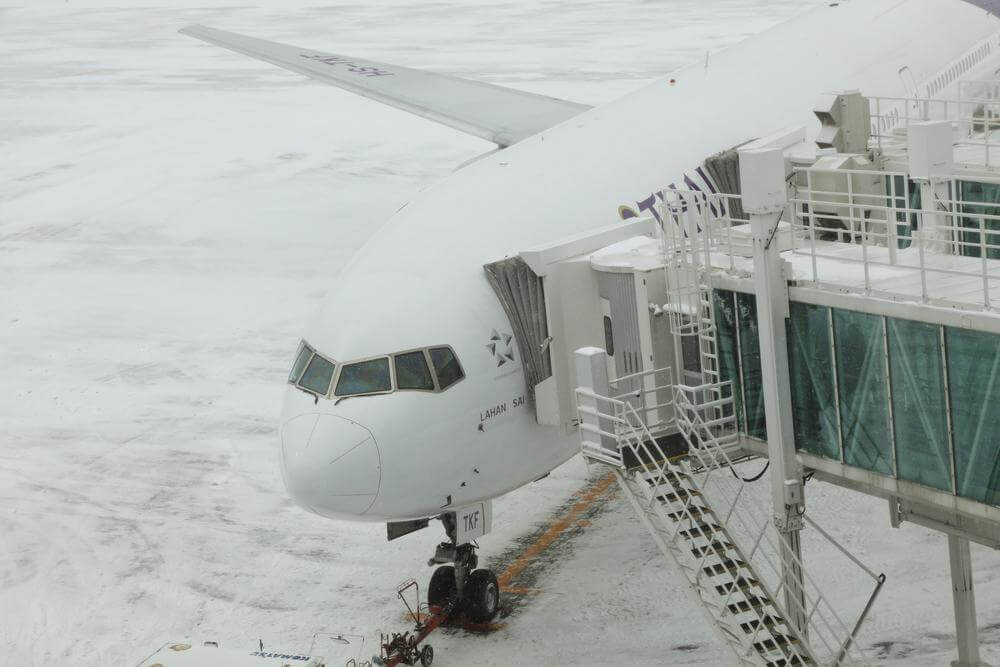The report reveals that regions of Western Europe were struck by a series of four powerful windstorms over a seven-day span during January. Windstorms Elon, Felix, Gunter, and Hermann impacted Ireland, the United Kingdom, Norway, Denmark, Germany, and Poland, causing tens of thousands of power outages, and severe disruption to travel and transport. Economic and insured losses were expected to reach hundreds of millions of euros.
Adam Podlaha, Head of Impact Forecasting, said: “In combining our existing European wind model platform with the fact that we can create footprints of the recent windstorms events such as Elon and Felix within hours of occurrence means that our clients can benefit from utilising ELEMENTS to produce initial loss estimates for their own portfolios within a very short time. This gives operational loss forecasting a new dimension as the results not only allow the client to get a quicker understanding of the financial implications of the just passed windstorm, but also provide insurers with valuable insights for their claims preparations.”
The catastrophe study highlights that two separate winter weather events impacted northeastern parts of the United States during the month, including one of the strongest Nor’easters in history that brought record snowfall to parts of the Northeast. In Massachusetts, some locations reported up to 36.0 inches (91.4 centimeters) of snow, while major cities in the region were brought to a virtual standstill as transit systems were closed. Total economic damage and losses (including business interruption) were minimally estimated at USD500 million.
Winter weather also impacted areas of the Middle East and Asia, including Egypt, Israel, Jordan, Lebanon, and Syria, with heavy snow and bitter cold temperatures that killed at least nine people. Economic losses were forecast at nearly USD100 million. In China, separate winter storm events affected Yunnan, Hubei, Hunan, and Jiangsu provinces, resulting in combined economic losses to property and agriculture of more than USD250 million.
Massive seasonal floods inundated vast areas of Malawi, Mozambique and Zimbabwe, killing at least 307 people, destroying more than 31,000 homes, and displacing nearly 300,000 residents. The agricultural industry was severely affected as the floods submerged more than 148,900 hectares (179,000 acres) of land.
Elsewhere, flood events were noted in Bolivia, Peru, Indonesia and Malaysia.
Multiple tropical cyclones made landfall globally in January. Of note, Tropical Cyclone Chedza struck Madagascar, killing at least 68 people and damaging or destroying nearly 4,000 homes. Total economic losses were listed at USD36 million. In the Philippines, Typhoon Mekkhala made landfall, killing at least two people.
Severe weather in Oman damaged homes, infrastructure and the electrical grid. Total economic damages were listed at USD221 million, with insured losses to vehicles at USD26 million.
Meanwhile, wildfires in southeastern Australia destroyed more than 150 properties at the start of the month, triggering nearly 1,000 insurance claims that amounted to USD26 million.
Two mid-January earthquakes struck China’s Xinjiang region and Yunnan province causing damage to 17,500 homes. No fatalities were reported and combined economic losses were listed at USD16.1 million.
Southeastern Brazil continued to deal with its worst drought since 1930. Water rationing in the city of Sao Paulo was implemented to preserve the city’s water supplies.























